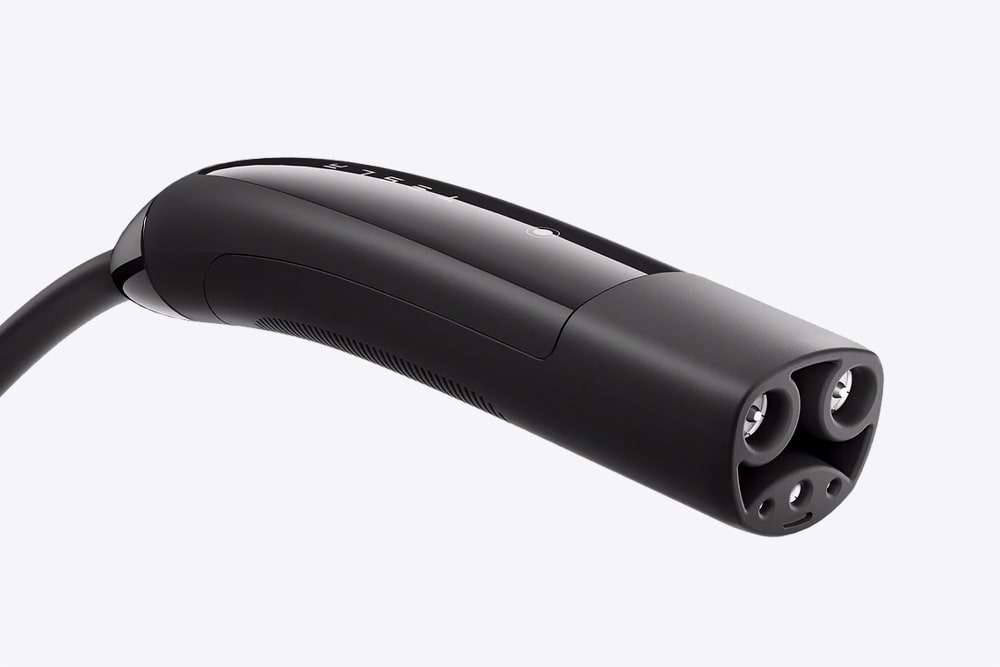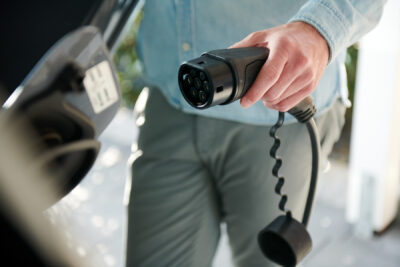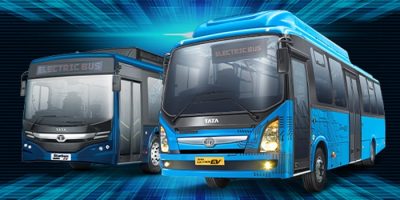Tesla NACS to become an official charging standard in North America
The SAE J3400 North American Charging Standard (NACS) Electric Vehicle Coupler Technical Information Report’ was released less than six months after SAE announced that it would standardise the Tesla connector. The US Department for Transportation commented that this happened with “unprecedented speed”.
In its press release, SAE describes it as a standard that will “dramatically increase access to charging for electric vehicle drivers across North America”. This is because it comes with access to Tesla’s extensive Supercharger network, an argument that has driven international manufacturers to adopt NACS.
Tesla released the design of its proprietary plug in November 2022 and renamed it the “North American Charging Standard” or NACS before any non-proprietary harmonisation effort.
The NACS bandwagon accelerated after Ford and GM, announced that they would be switching to Tesla’s charging port, prompting most major carmakers to follow in the USA.
Tesla then announced the full opening of the Supercharger network for Ford and GM only this week. This will apply from February 2024.
Unlike other carmakers, the Volkswagen Group only now agreed to get on board following the publication of the SAE standard J3400 TIR. From 2025, new electric cars from the VW, Audi, Porsche and Scout brands will be fitted with the Tesla charging port, and existing EVs will be given access to Tesla’s Supercharger network via an adapter.
The standard is to help with the harmonised fitting and help to ensure that any supplier or manufacturer can use, manufacture, or deploy the J3400 connector for EVs and charging stations across North America, adds SAE.
A word on the SAE process (also thanks to our expert community on Linkedin): The ‘Technical Information Report’ just published is the process that comes before the ‘Recommended Practice’ and then follows with the final ‘SAE Standard’ , so there is still work to do.
At the same time, it is safe to say that NACS, soon to be J3400, is already a de facto standard.
The head of the NACS task force at SAE, Rodney McGee, also welcomed the “broad interoperability (…) by providing a unified, compact connector for AC and DC charging. It is compatible with bring your own cord solutions that make J3400 an optimal approach for AC power transfer for street charging, parking garages/lots, and multi-unit or mixed-use buildings.”
This approach also means that the same utility power feeds for DC fast charging can be utilised for AC charging, eliminating the need for separate circuit panels and additional transformers at charging sites, resulting in lower infrastructure costs and higher efficiencies, explains SAE.
The DoT has announced that it will soon publish a request for information to gather feedback from market participants on updating the minimum standards and requirements for charging stations – to integrate these into its regulations for government-funded charging stations.
This means the new plugs will be included in NEVI-funded infrastructure, a move certain states had anticipated and written into local law.
The Department also nodded to the de-facto development, adding that a majority of automakers have announced they would adopt it on vehicles beginning in 2025, with adaptors available for current owners as soon as next spring.
As for Volkswagen, the Group, in its statement today, said it was “exploring adapter solutions for existing vehicles” since this has the potential to expand customer charging access to more than 15,000 Superchargers.
The manufacturer also pointed to its network of over 3,800 fast-charging outlets currently operated by Electrify America and Electrify Canada.
Electrify America has already announced that it will work to offer the NACS connector at charging stations by 2025 in North America, as well as continuing to support CCS.
Rebecca Tinucci, Senior Director of Charging at Tesla, said: “Earlier this year, the North American Charging standard was just an idea. Today, with the VW Group’s commitment, almost every major automotive manufacturer is on board.”
Tesla also started acting as a charging hardware provider, with BP ordering Supercharger stations for its own rest stops, as reported in October.





2 Comments